TechRadar Verdict
The Defy is not your everyday rugged smartphone. Motorola and Bullit have teamed up to deliver a mobile that should appeal to a wide audience beyond the traditional consumer market. Just make sure that you are aware of its limitations.
Pros
- +
Great design and form factor
- +
Two year warranty
- +
Support for Android Enterprise
- +
Lanyard works well
Cons
- -
Poor performance
- -
Average value for money
- -
No cover for USB port
Why you can trust TechRadar
It’s been more than a decade since Motorola launched the Defy, a device that was one of the first rugged smartphones to hit the market. The product line lasted just over one year before Motorola Mobility, which was just about to be purchased by Google, called it a day after it launched the Defy+ and the Defy Mini.
Fast forward to 2021 and Motorola - now owned by Lenovo - has partnered with rugged smartphone and brand-revivalist specialist Bullitt Group to relaunch the Defy as a way to tap into the seemingly growing market of independent gig-operators (think Deliveroo and Uber Eats bikers).
Pricing and availability
The Motorola Defy will be available in select European and Latin American markets in the coming weeks starting at €329 / £279 (about $390) though pricing may vary per country. No date has been given for the launch of the device in other territories.

Design
The Defy is unlike any rugged smartphones we’ve handled lately: it is taller than most, not as wide as we’d expect and surprisingly thin. At 170 x 78 x 11mm and weighing 234g, it is lighter than any recently tested IP68 smartphones while offering MIL SPEC 810H as well as being drop-proof and waterproof.
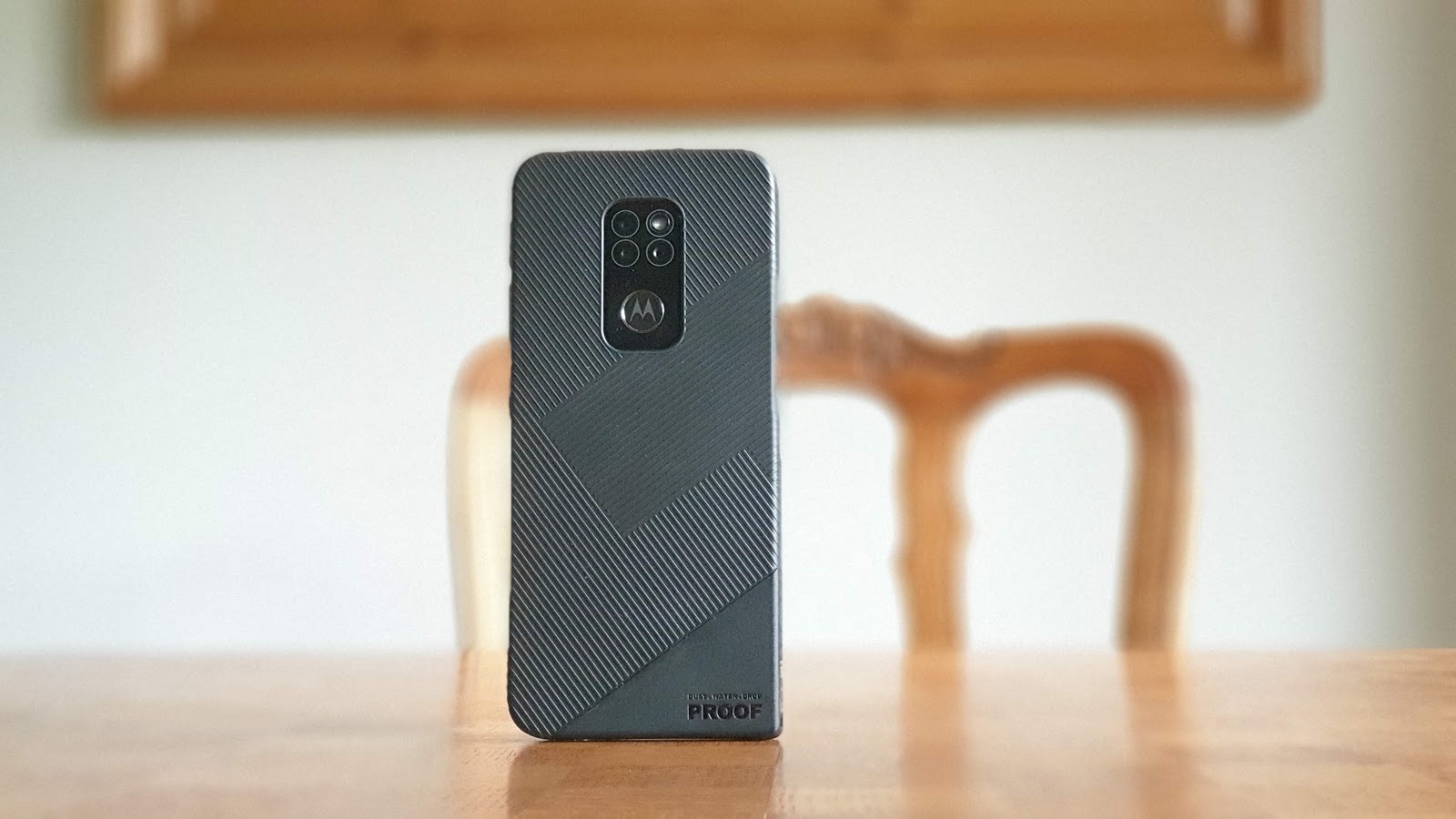
Aesthetically, it is one of the rare outdoor smartphones that come close to the design of a normal consumer handset. You’d think - from a distance - that it is a phone with a protective TPU hard wearing outer case with a textured rubber finish.
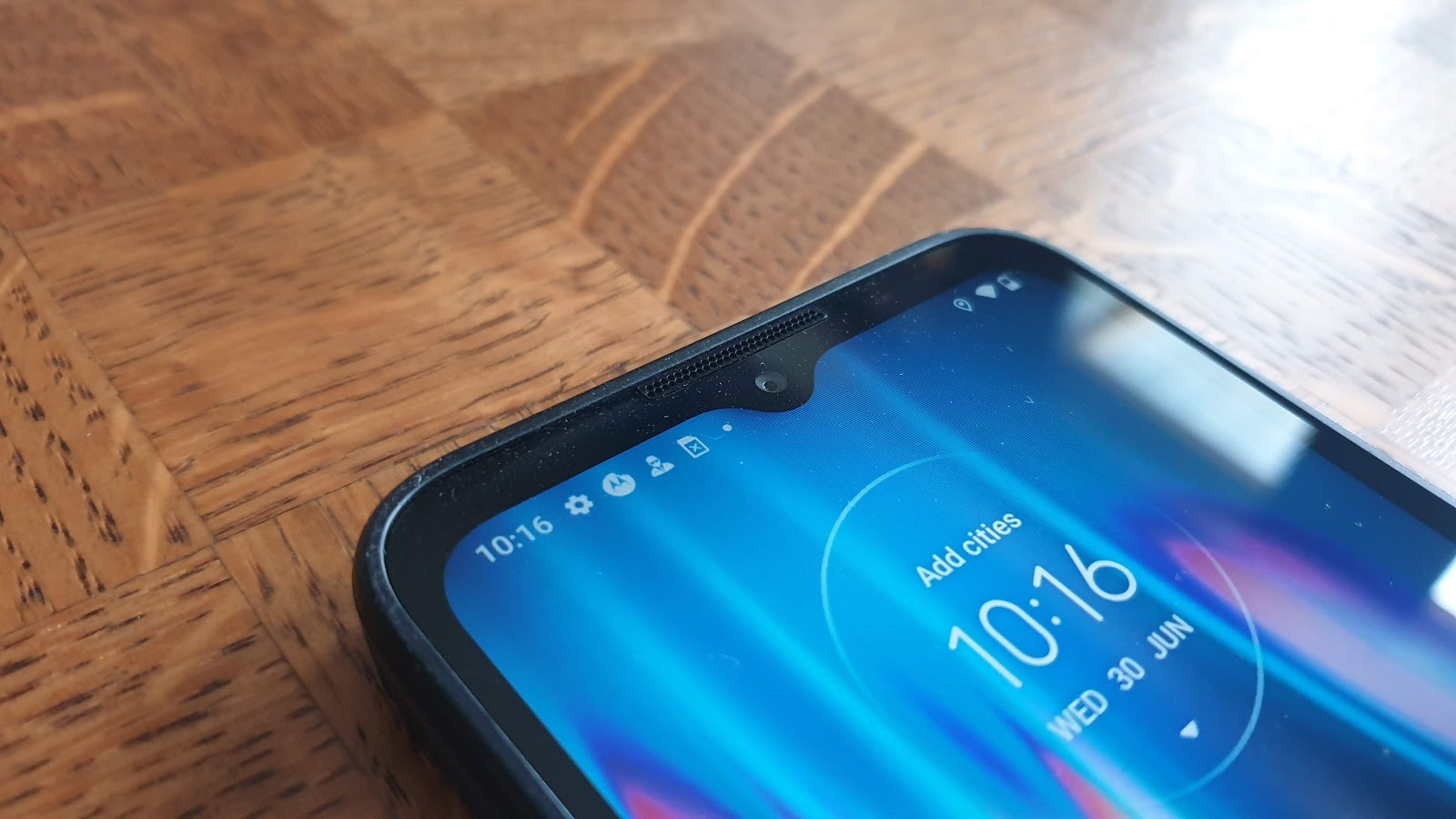
The teardrop hole that hides the 8-megapixel selfie sensor is located on top of a large 6.5-inch HD+ display with a 20:9 aspect ratio. The latter is covered by a Corning Gorilla Glass Victus layer that’s 0.7mm thick and is recessed by 0.5mm; great for avoiding unwanted scratches.
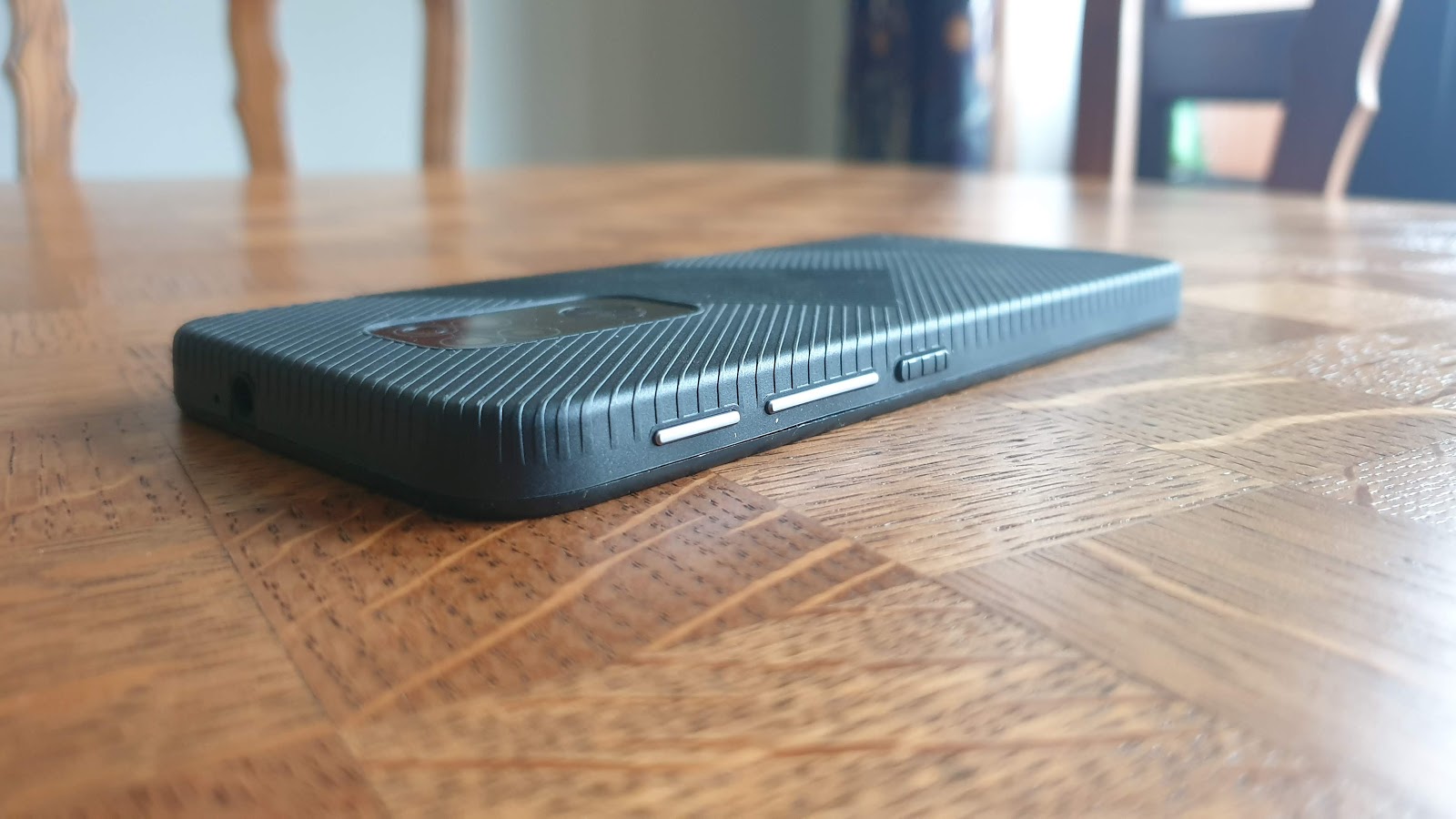
The SIM card tray is located on the left side of the phone while the volume rocker, power and customized (push to talk) buttons are located on the right. On top is a 3.5mm headphone jack, a rarity on phones launched in 2021.
Sign up to the TechRadar Pro newsletter to get all the top news, opinion, features and guidance your business needs to succeed!
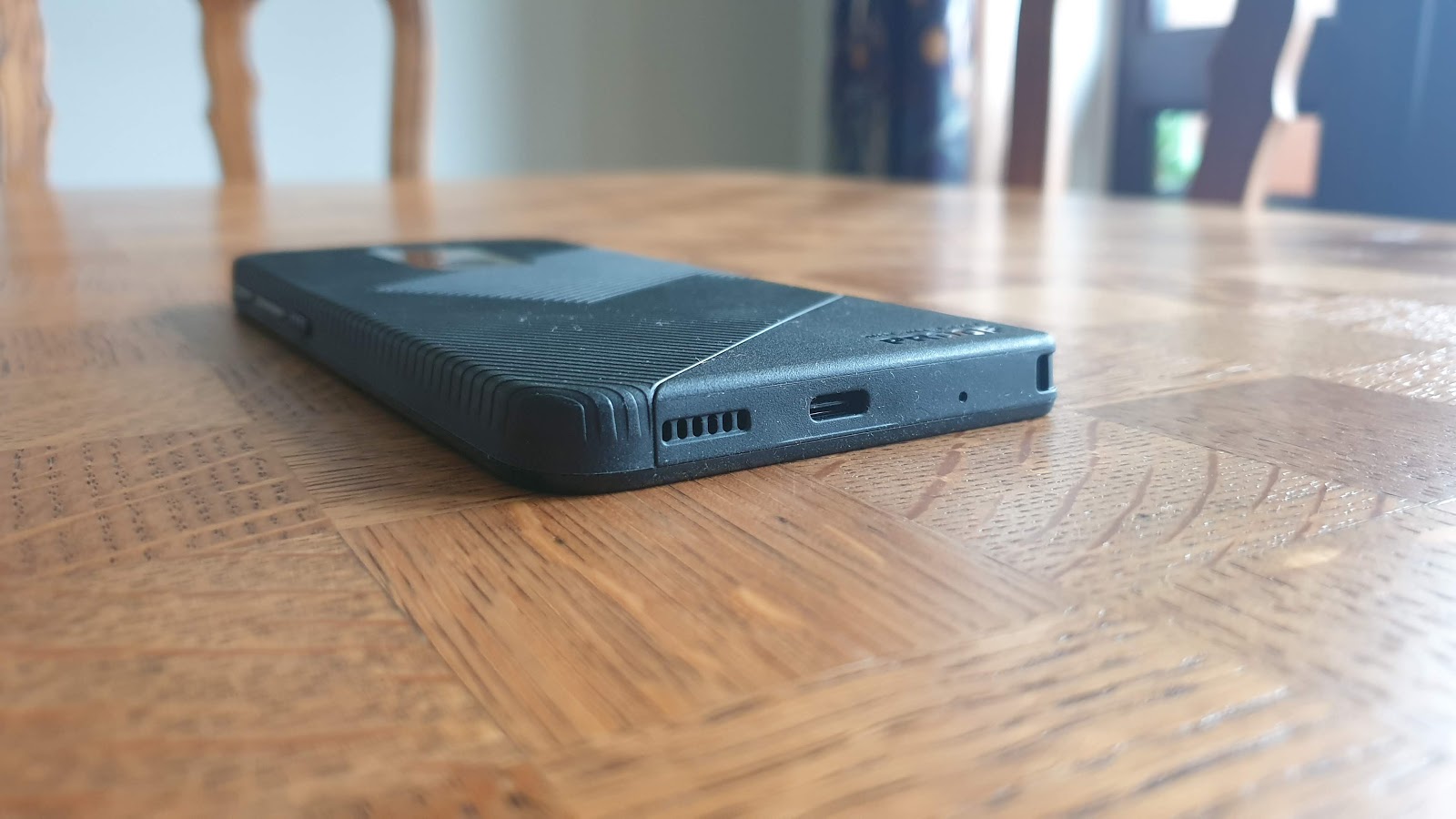
The bottom edge hides a downward firing speaker and a Type-C USB port, with no protective flap, not a good idea in our opinion. At the back, you’ll find three camera sensors (48-megapixel, 2-megapixel depth and 2-megapixel macro), a flash LED and a fingerprint sensor adorned with the Motorola logo.

Note that there’s a slot for a lanyard on the bottom left of the smartphone, a well-thought addition. Motorola hasn’t confirmed whether there will be other accessories, which may have been useful for digital nomads, tradesmen or site/field workers.
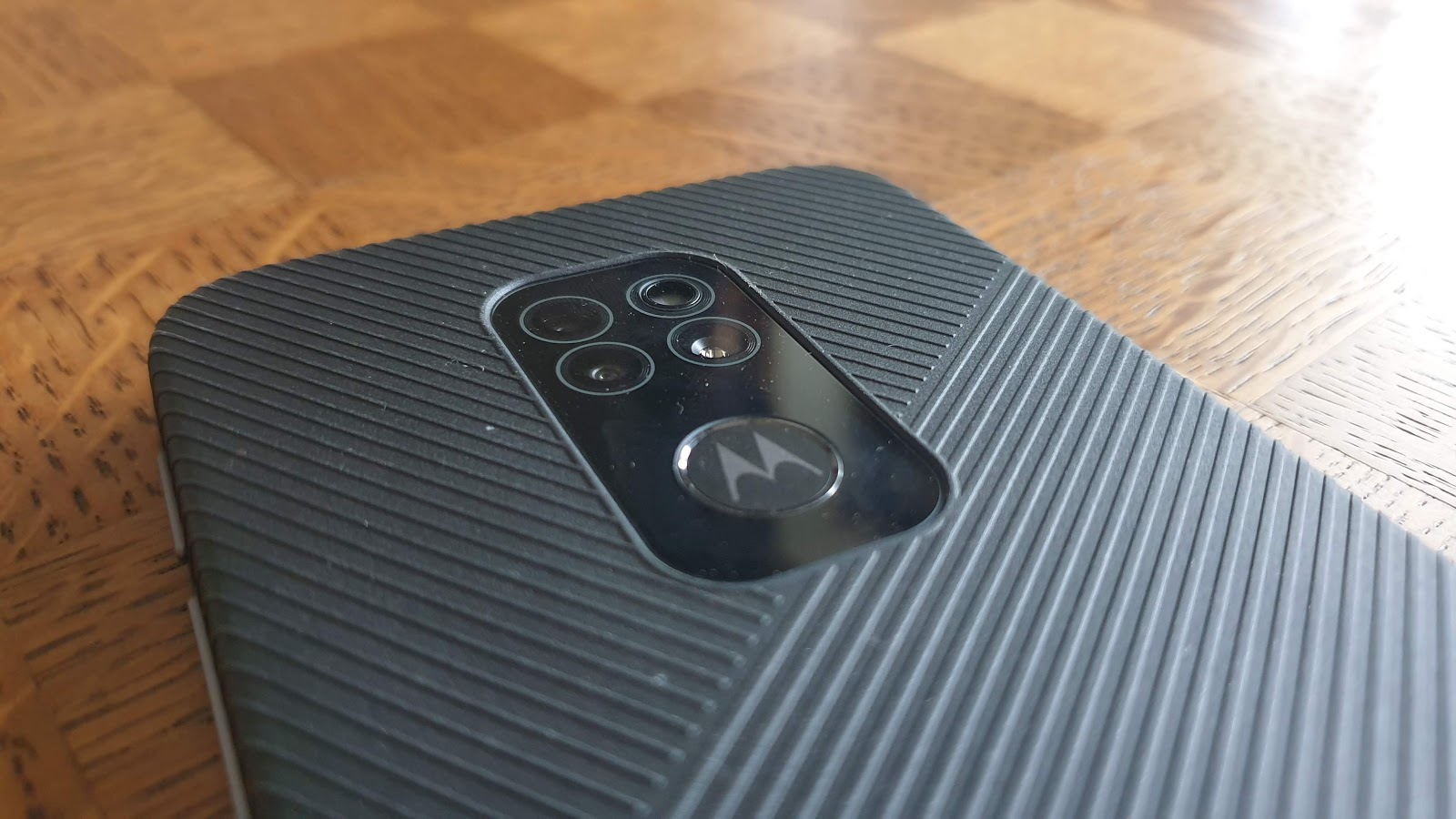
Hardware
The Motorola Defy comes with the following hardware:
CPU: Qualcomm Snapdragon 662
GPU: Adreno 610
RAM: 4GB
Storage: 64GB
Screen size: 6.5-inch
Resolution: 1600 x 720
Weight: 234g
Dimensions: 169.8 x 78.2 x 10.9mm
Rear camera: 48MP, 2MP, 2MP
Front camera: 8MP
OS: Android 10
Battery: 5Ah
The Defy is one of the few rugged smartphones that doesn’t run on Mediatek. Instead, it uses the tried-and-trusted Qualcomm Snapdragon 662, an octacore mid-range system-on-chip that does 4G. Also on the spec sheet is 4GB of RAM and 64GB onboard storage that can be augmented with a microSD card.
The screen is a 6.5-inch one with a 1600 x 720 pixel resolution. That’s far less than smartphones in that price range and it will translate into blurrier pictures and images - although that varies enormously depending on the user.
There’s also NFC, Wi-Fi 5, Bluetooth 5.0, a 5000mAh battery, a 20W charger, lanyard, a Type C USB cable and depending where you are, a pair of headphones.
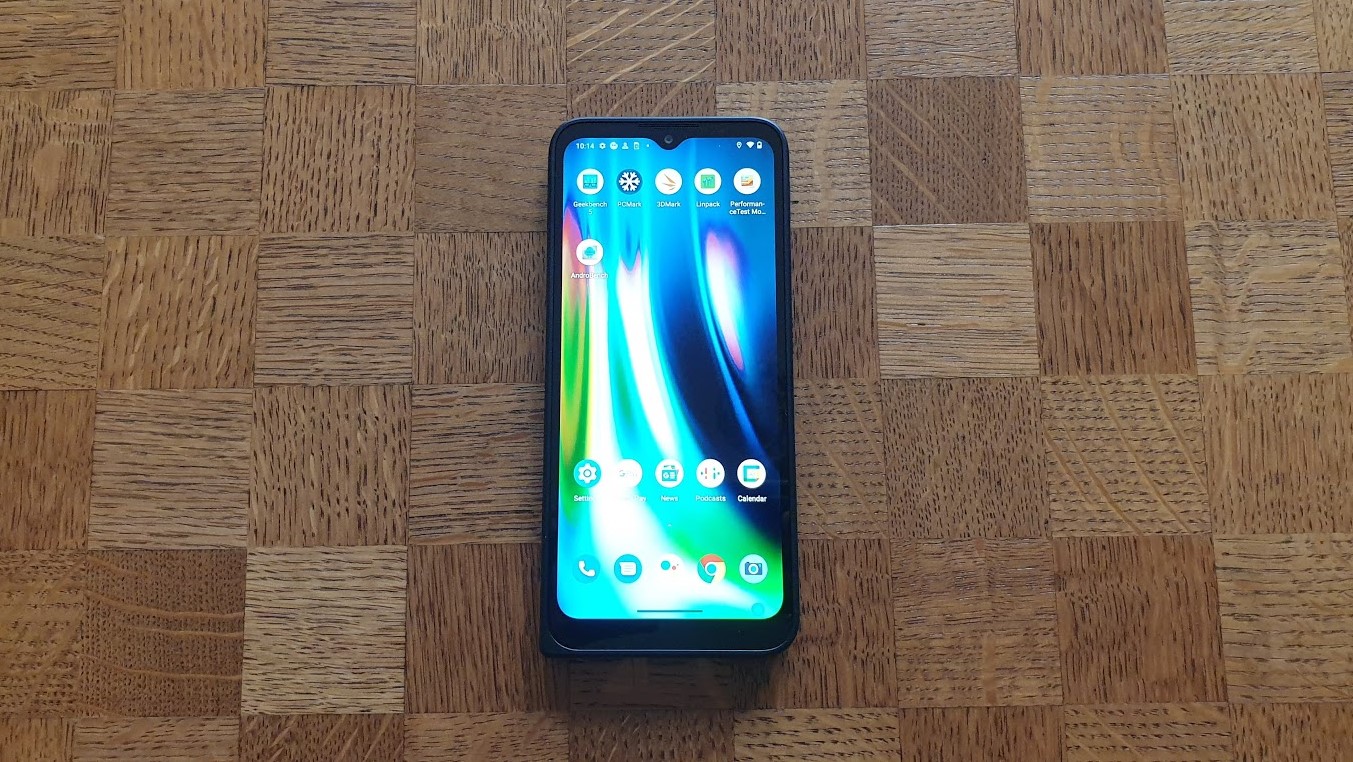
In use
The phone is well built and pleasantly portable compared to some of the behemoths we’ve tested in the past. Its larger footprint means that it doesn’t feel wieldy as its weight is spread over a larger area. Its taller form factor means that one-hand use is very entirely possible.
This is how the Motorola Defy performed in our suite of benchmark tests:
PCMark (Work 2.0): 6456
Passmark: 5055
Passmark CPU: 2282
Androbench (sequential): 305 (sequential read); 223(sequential write)
Androbench (random): 125 (random read); 53 (random write)
3DMark Wild Life Vulkan: 376
LinPack MFLOPS: 1131
Motorola decided to launch the Defy on Android 10 rather than the newer Android 11 because of the maturity of the platform. They have however committed to delivering Android 11 further down the line as well as security updates till 2023.
Don’t expect the Defy to perform like a mid-range smartphone; entry level is where it belongs; the Motorola Moto G9 Play being the smartphone on which it is built, a device that retails for less than half. It scored some of the lowest numbers we’ve recorded in 2021 across the board with graphics, the Adreno 610 GPU being a particularly sore point.
There’s hardly any bloatware on the phone other than a communication app for business teams called Mototalk and a dedicated Moto app that simplifies the often complicated path to seamless customization. There’s no business-focused features like Samsung’s Knox which allows you to create a digital clone of your phone.
Final verdict
When it comes to sheer value for money, the Defy is squarely located in the bottom of the pile with components usually present on entry level handsets compared to the likes of the Ulefone Armor 9. But it’s not all about how fast your phone is, it’s also about what happens when things go wrong.
Chinese manufacturers - the Doogee, Ulefone, Blackview and Oukitel - can’t really compete when it comes to after sales support given Motorola and Lenovo’s global reach.
The phone comes with a two-year warranty, Android Enterprise support (with Google Zero Touch enrolment), security updates for two years and enrolment and basic policy provisioning tested with leading EMM (enterprise mobility management) solutions.
So while its performance is solidly below average, its overall finish, build quality and aftersale rank amongst some of the best we’ve seen. SMBs or those looking for a business smartphone with a bit more oomph will need to consider the pros and cons carefully before making a decision.
- We've also highlighted the best rugged smartphones

Désiré has been musing and writing about technology during a career spanning four decades. He dabbled in website builders and web hosting when DHTML and frames were in vogue and started narrating about the impact of technology on society just before the start of the Y2K hysteria at the turn of the last millennium.
